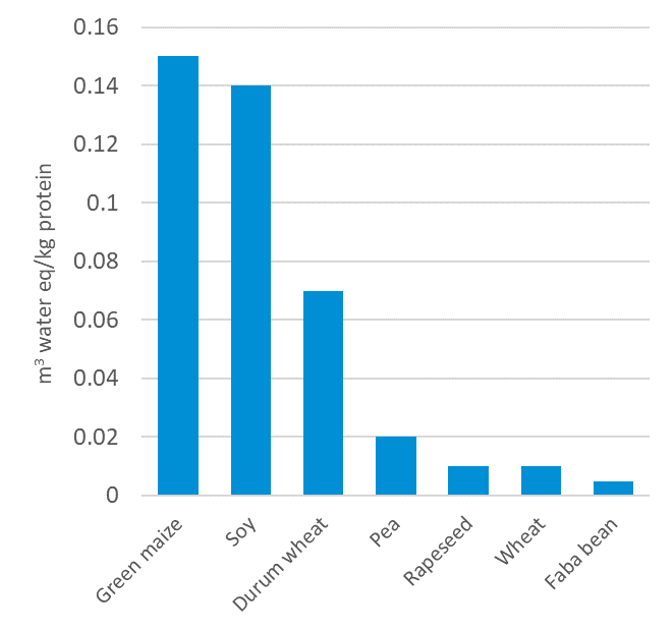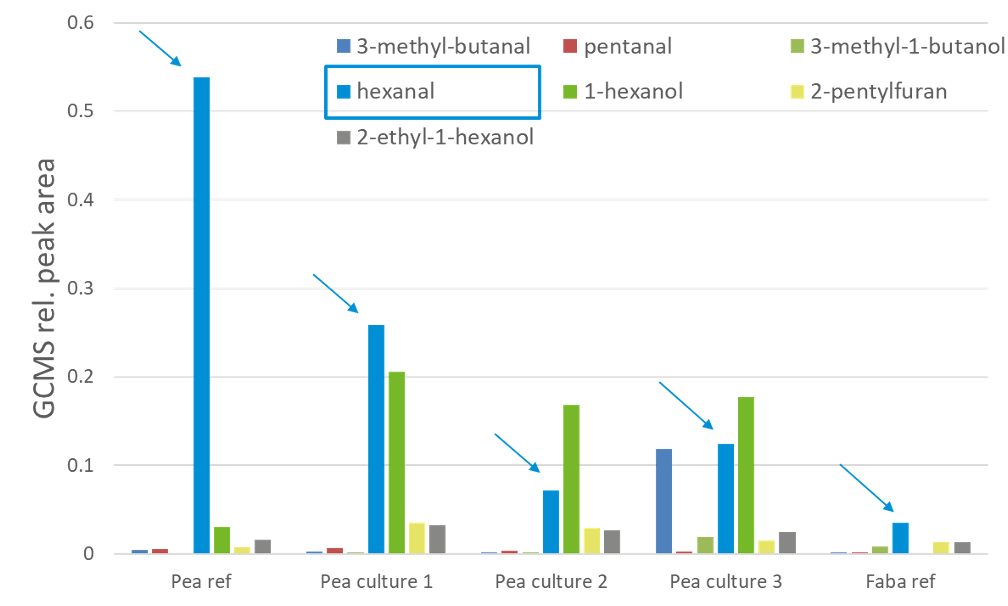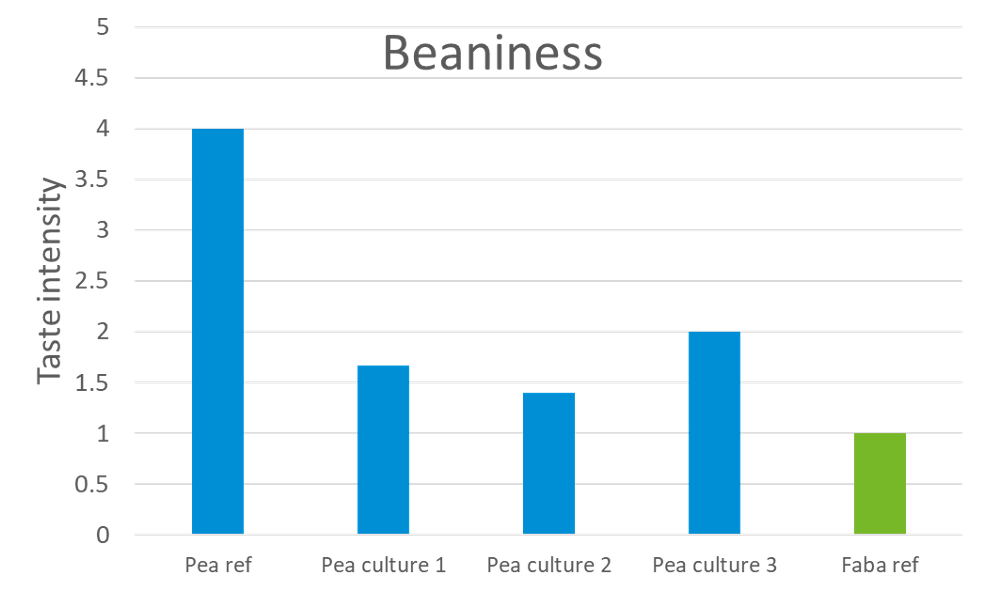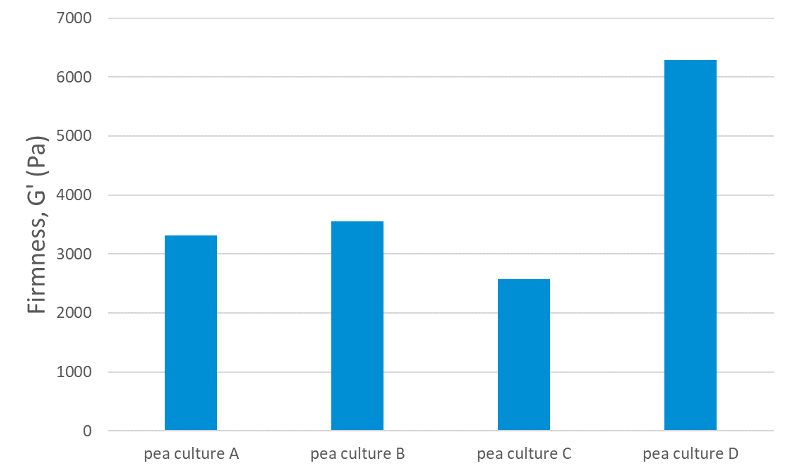Table of Contents
Industry insights from NIZO
One of the key challenges an issues facing the food industry today, is protein transition – the growing move away from animal proteins to alternative sources. Fred van de Velde, head of NIZO’s Protein Functionality Expertise Group has more than 20 years’ professional experience in protein functionality, Fred oversees NIZO’s “source-to-society” activities in protein food technology covering the full range of protein sources. He is also professor of protein transition in food through his chair at the HAS University of Applied Sciences in the Netherlands. In this blog, which was also shown recently in Food Navigator, the protein transition was put under the microscope by asking questions to Fred.
What protein options are there for plant-based foods?
The protein transition is massively diversifying the range of proteins available to ingredient and food product manufacturers. Alongside the traditional animal-based sources – meat, eggs, milk – we now have many different plant-based alternatives including legumes like soybeans, peas and chickpeas, as well as maize, potatoes and oilseeds. More options are appearing all the time, from emerging sources including fava beans (also called faba or broad beans) and green leaves to future possibilities such as microalgae and proteins from single-celled organisms produced by fermentation.

That’s quite a bewildering array. How do I choose the best option for a new food product?
Obviously, each protein source has its pros and cons and, when you are starting to develop a new plant-based product, understanding and evaluating them can seem an overwhelming task. But you can simplify the process by thinking about four basic considerations.
There are the proteins that consumers already know and actively look for on the shelves. Think of milk substitutes like oats, almonds, coconut or soy. Then there are the proteins such as soy, pea and potato that product developers like to work with because they are easy to process and have the right functionality (gelling, foaming, emulsifying, etc.) to directly replace animal-based proteins.
Next there are environmental factors such as land, water and energy usage and carbon dioxide emissions. Peas and fava beans have low emissions and water usage, as do sources that come from side streams of other products, for example rapeseed which would otherwise be waste from edible oil production. Finally, there are the nutritionists’ favourites that deliver as close as possible to a full complement of essential amino acids without causing allergy issues. For that, you could combine legume and cereal sources.

Comparison of the water consumption for various protein sources
So choosing a protein comes down finding the right balance of those considerations?
Exactly. And that balance will depend on factors such as the type of product you are making and your brand image. For example, consumers are accustomed to choosing milk alternatives and drinks based on the protein types. But for semi-hard cheeses and meat substitutes, they are more likely to choose a product based on how closely it mimics the traditional, animal-based original.
Similarly, some existing companies have built a strong brand based on soy, almond or oat milk substitutes and want to leverage that successful position as they move into new products. Meanwhile, new players in the market may want to carve out their own niche in this growing market by stressing their environmental credentials or nutritional benefits.
And once you have decided your marketing position, your protein choice follows from there?
Of course, you still need to consider the technical aspects of the proteins that fit your marketing decisions. Can they deliver the taste, texture and appearance you want for your product? It is worth remembering that there may be no perfect, off-the-shelf choice.
How does that all work in practice?
Let’s take a cream cheese substitute as an example. Consumer favourites like oats, coconut and rice are too low in protein and don’t have the technical functionality to resemble cream cheese.
Product development favourites such as soy and potato can deliver nice textures, while peas and fava beans also bring environmental benefits. However, the sheer number of different suppliers and variants make screening the options costly and time consuming. Moreover, most legume-based proteins can bring an unwanted beany taste to the end product. Meanwhile, another environmental favourite, rapeseed has a dark colour that isn’t appropriate for a cream cheese. Finally, the nutritionists’ favourite of pulse plus cereal can lead to grittiness at high protein concentrations as well as beany and other off flavours.
Does a plant-based cream cheese always have to be a compromise?
Not at all. There are ways that you can improve the technical characteristics of your product. One is to combine different protein types in one product. For instance, we recently surveyed milk alternative for barista applications and found that many have a headline protein type for consumer recognition plus “hidden” secondary proteins to improve technical functionality.
Another very promising option is fermentation, which can improve the flavour and texture of a product without adding extra “chemicals” to your ingredient list.
Off flavours arise due to various components such as hexanal, pentanal and 2-pentylfuran. These components are common to many protein sources, but the ratios vary and define the flavour of the end product. The levels of these components in the end product can be reduced by fermentation with an appropriate culture – either in creating the protein ingredient or the final product. And we have carried out extensive taste testing to show that changing the ratios and overall levels of these components does indeed reduce the intensity of unwanted flavours.

Comparison of various flavour components in pea proteins before fermentation (ref) and after fermentation with various cultures.

Perceived “beany” taste of pea proteins before fermentation (ref) and after fermentation with various cultures.
In fact, for products such as semi-hard cheeses, fermentation with different cultures could allow you to create multiple products with different flavour profiles – e.g. a gouda-like product and a cheddar-like product – from essentially the same ingredients. At the same time, fermentation can improve the firmness of your product and remove any grittiness. It can also be used to extend shelf lives without preservatives.

Firmness of cream cheese alternatives made with pea proteins fermented with various cultures.
There are a vast number of cultures suitable for fermentation in food production. NIZO alone has established a database of over 8000 cultures that can be screened and selected for the appropriate functionality. Many of these are lactic acid bacteria, developed for fermenting dairy products and may need to be modified for use with plant-based products.
In short, protein choices are typically driven by marketing considerations around the type of product and your brand rather than purely technical characteristics. But if necessary, functionality, taste and texture can all be improved using carefully considered fermentation.
Related cases
Related blogs
© NIZO 2024 | Sitemap - Privacy Statement - Cookie Statement - Terms & Conditions
Website by: Online Marketing Agency